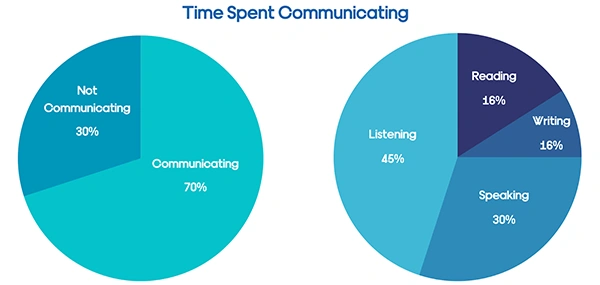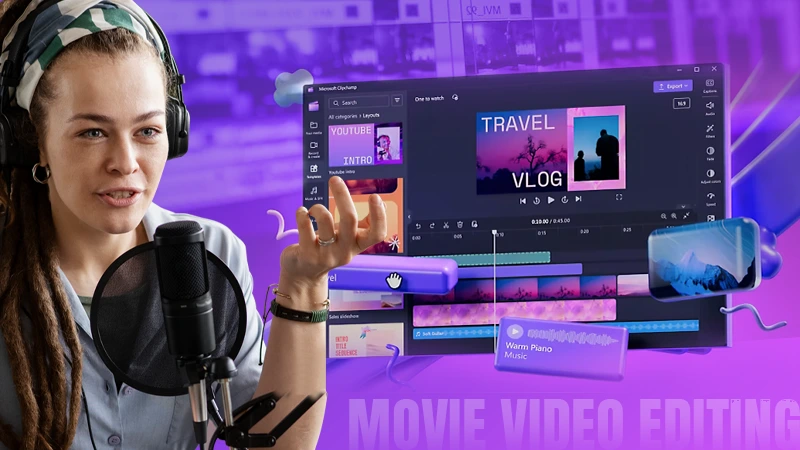
Communication is necessary for success in many facets of life, including personal and professional relationships.
Active listening is one of the most significant abilities that go into effective communication.
Gaining proficiency in it can improve your understanding of other people and strengthen your capacity for intelligent response.
In this blog, we’ll look at the top 12 methods to help you become more adept at active listening, which is pivotal for both Customer Service Certification and Customer Service Skills.
Create a Positive Environment

Creating the ideal environment is the first step toward active listening. Create a favorable setting by avoiding distractions, making eye contact, and demonstrating real attention.
Establishing a good environment is the first step toward successful communication. Positive environments are ideal for building a strong bond.
Establish eye contact, turn out background noise, and silence phones to create a favorable environment.
The best understanding and acknowledgment are fostered in such an environment.
Paraphrase and Summarize
Rephrasing and summarizing what you’ve heard is a valuable strategy. It reassures the speaker that their message is being understood and verifies their comprehension.
In the context of customer service abilities, when accurate comprehension is relevant to offering answers, this technique is helpful.
Rephrase the key points to practice paraphrasing, which will improve clarity.
To make sure there is alignment, summarize the speaker’s key points. This method works exceptionally well for remembering specific facts.
Ask Clarifying Questions
Asking for clarification is significant and is often overlooked due to assumptions.
Use open-ended inquiries to learn more about the speaker’s sentiments and ideas.
This shows that you are involved and helps guarantee that you clearly understand what the customer requires.
Asking clarifying questions reveals your commitment to comprehending the subtleties of the speaker’s point of view.
DO YOU KNOW?
We listen at 125–250 words per minute but think at 1000–3000 words per minute.
Use Non-Verbal Cues
A significant component of listening properly is nonverbal communication, such as keeping your shoulders back, nodding in agreement, and making supportive movements.
These signs show that you are paying attention, which promotes productive communication.
Active participation is communicated through nonverbal indicators like nodding and keeping eye contact.
Nonverbal cues improve dialogue by fostering a lively and fruitful discussion.
Empathy is Key
The link between being consciously attentive and a more thorough comprehension of other people’s viewpoints is empathy.
Consider the speaker’s perspective and show respect for their emotions. Building empathy enhances customer service abilities and is relevant in interpersonal interactions.
Show empathy by recognizing the feelings that have been conveyed. Empathy fosters trust and happiness by allowing you to relate to the customer’s experience.
Avoid Interrupting
Fight the impulse to jump in. Give the person speaking time to finish expressing their ideas before answering.
This straightforward yet effective method ensures you understand the entire point, which is a talent that can be used in various industries.
Being patient and avoiding interruptions creates an atmosphere where ideas can flow freely.
THINGS TO CONSIDER
Listening to nagging or complaining for 30 minutes or more can cause damage to the part of your brain that handles problem-solving skills.
Eliminate Judgement
Beliefs can interfere with your ability to listen attentively and create differences.
Make an effort to refrain from passing judgment, particularly when addressing disagreements or difficult client situations.
This method is especially relevant since tackling problems effectively requires a knowledge of various viewpoints.
The foundation of open communication is judgment-free attention, which fosters a welcoming and understanding atmosphere.
Focus on the Speaker’s Message
In a world where there are a lot of distractions, deliberately shift your attention to the speaker.
Paying close attention to the message being communicated is necessary for active listening. In this way, you won’t miss anything relevant.
Being attentive throughout the discussion shows respect and a desire to comprehend the speaker’s point of view.
Practice Mindfulness
Being in the present moment or practicing mindfulness improves listening habits.
Develop the ability to keep your attention on the discussion rather than letting it stray into irrelevant areas.
This technique is helpful in a variety of circumstances. To remain in the present, practice mindfulness.
Being mindful improves your capacity to address the demands of your customers thoughtfully.
The stats below indicate that we spent more time communicating with others, but when compared to other activities, we prefer listening more.

Reflect on Your Responses
Once the speaker has concluded, pause to consider your answers. Ensure they respond to their concerns and align with the speaker’s theme.
It is helpful to reflect on oneself because growth requires constructive criticism.
By doing this, you can ensure that your responses address the issues raised by the client.
Continuous Learning
It’s always possible to improve the art of prompt listening by adopting an attitude of perpetual learning and looking for chances for upskilling.
This dedication to progress is a recurring theme across many domains and sectors.
A commitment to lifelong learning fosters professional and personal development by maintaining the relevance and adaptability of your abilities.
Seek Feedback
Finally, make an effort to get feedback on how well you listen. Giving constructive criticism reveals valuable details about areas that want development.
This proactive approach demonstrates your dedication to ongoing growth and is necessary for personal development.
Feedback is a valuable instrument for self-evaluation that helps you on your path to improving your listening skills.
In Conclusion
The diverse ability of active listening greatly aids effective communication to avoid complexities.
These methods are very helpful when you want to improve your interpersonal skills or get certified in customer service.
You may take your attention to detail to the next level by applying paraphrasing, adopting empathy, and fostering a good environment.
Remember that developing attentive skills takes time, but the personal and professional benefits make the effort worthwhile.


